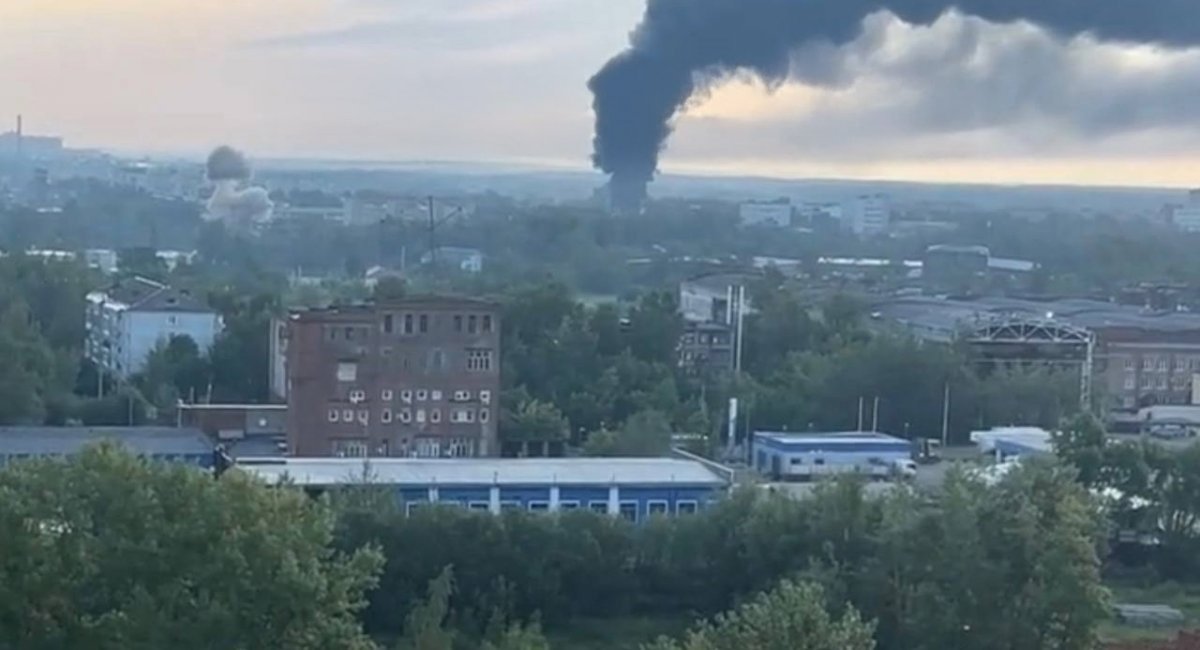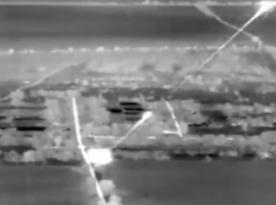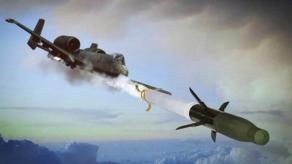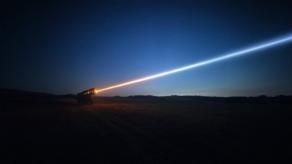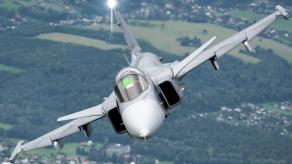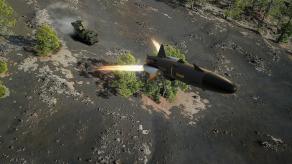Ukraine continues to successfully attack russian military enterprises. On the night of July 4, Ukrainian long-range drones struck the JSC Azov Optomechanical Plant (AOMZ) in the Rostov region as well as the ScientificResearch Institute of Applied Chemistry in Sergiyev Posad in the Moscow region.
Unlike the attack on the Kupol plant in Izhevsk, where Shahed drones are assembled under the name Garpiya-A1 and Tor missile systems are produced, targetred by Ukraine's Liutyi strike drones — other drone models were employed in these cases.
Read more: Mysteries of Swift Beat: Ukraine's New Drone Supplier With Director Ex-Google CEO, White Stork, and AI
In particular, drones similar to the Iranian Shahed-136, which were spotted back in March this year, were used to strike the AOMZ plant in the city of Azov, near Rostov-on-Don, as well as FP-1 drones, which were publicly unveiled in May. This drone has a strike range of up to 1,600 km and can carry up to 120 kg.
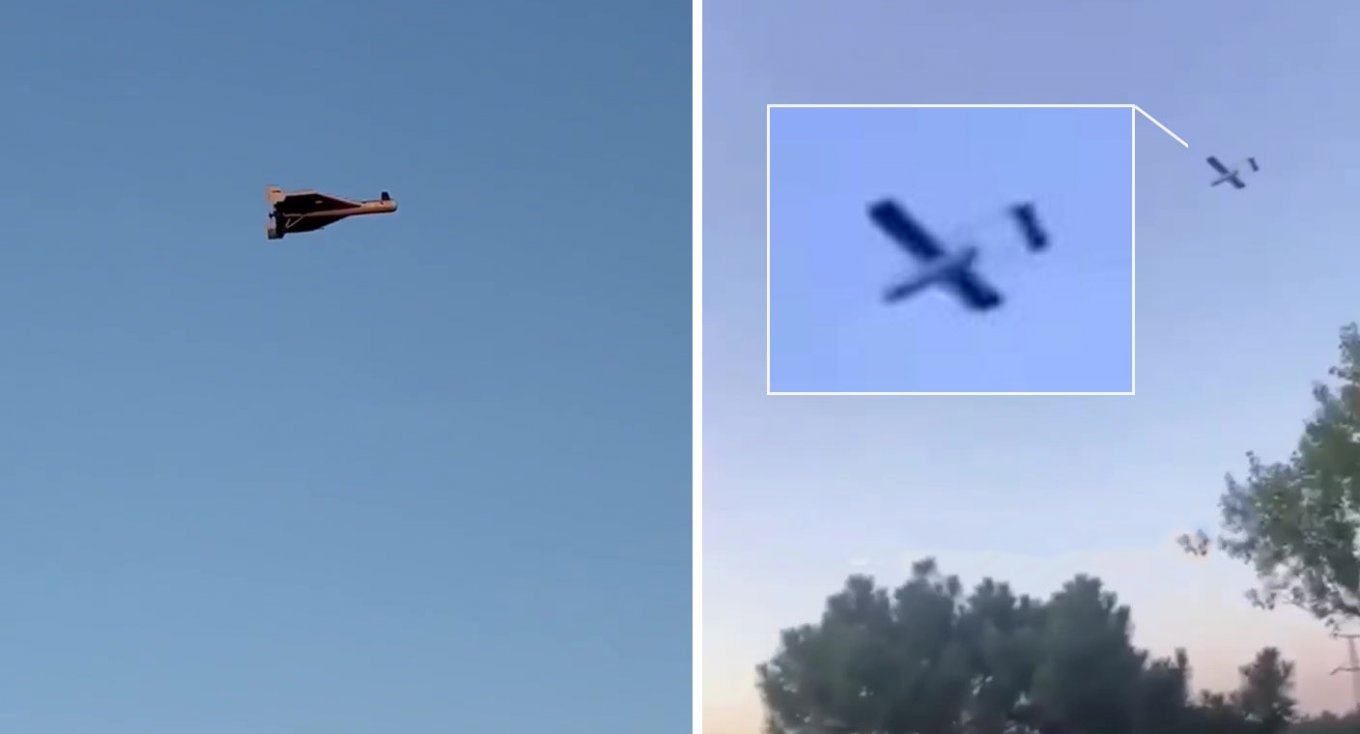
The available footage from russian sources shows Ukrainian drones hitting the AOMZ enterprise.
Despite the fact that it is a little-known facility, this is the same situation as with the Energiya plant in Yelets, which is being systematically targeted by Ukrainian drones because it produces power supplies for the Universal Gliding and Correction Modules (UMPK). AOMZ is also a manufacturer of components and, according to Defense Intelligence of Ukraine, is responsible for optic, laser, electronic systems and components in missiles and anti-tank weapons, seekers, thermal imaging and thermal detection equipment, optoelectronic products, etc.
The most well-known products of AOMZ are semi-active laser homing heads for russian KAB-500L bombs (not to be confused with UMPK kits), Kh-29L and R-27T missiles. This plant is also known for its work on the Kh-38 missile seeker. Obviously, it's also about a significant part of the laser and television guidance for which AOMZ is responsible.
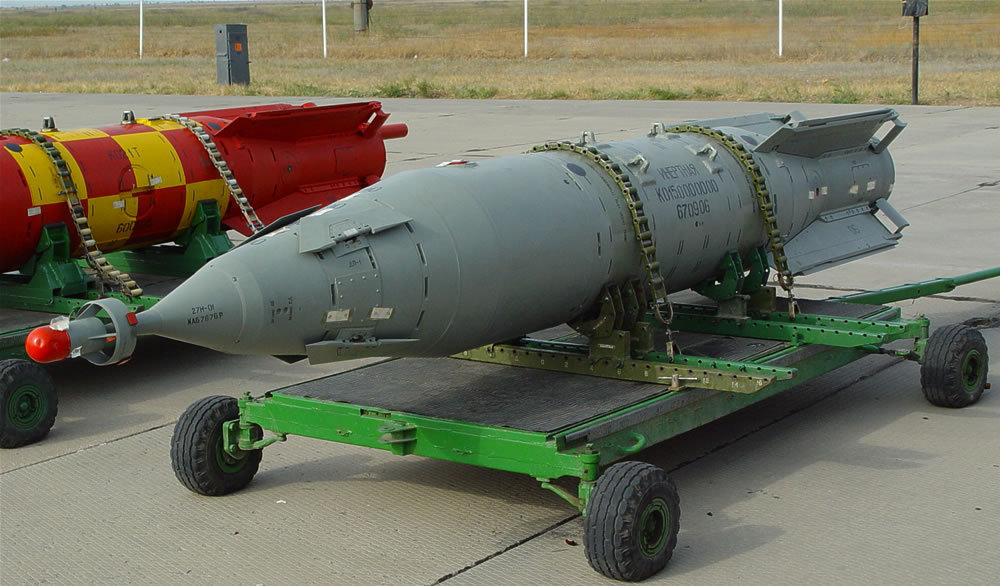
As for the Scientific Research Institute of Applied Chemistry in Sergiyev Posad, the target of the strike, which was carried out only by FP-1 drones, was its substation. As a result of the strike, the power supply was interrupted, halting the work of this enterprise.
According to data from the Defense Intelligence of Ukraine, this russian research institute is engaged in the development and production of solid propellants. Its most well-known developments are various thermobaric munitions.
Such as warheads for a wide variety of russian weapons, ranging from Shmel rocket-propelled infantry flamethrowers to the Solntsepyok heavy flamethrower system. In addition, this enterprise developed and manufactures the thermobaric fragmentation warhead for the TB BCh-50 Shahed. This is the same warhead "with balls" that is widely employed on the Shahed drones.
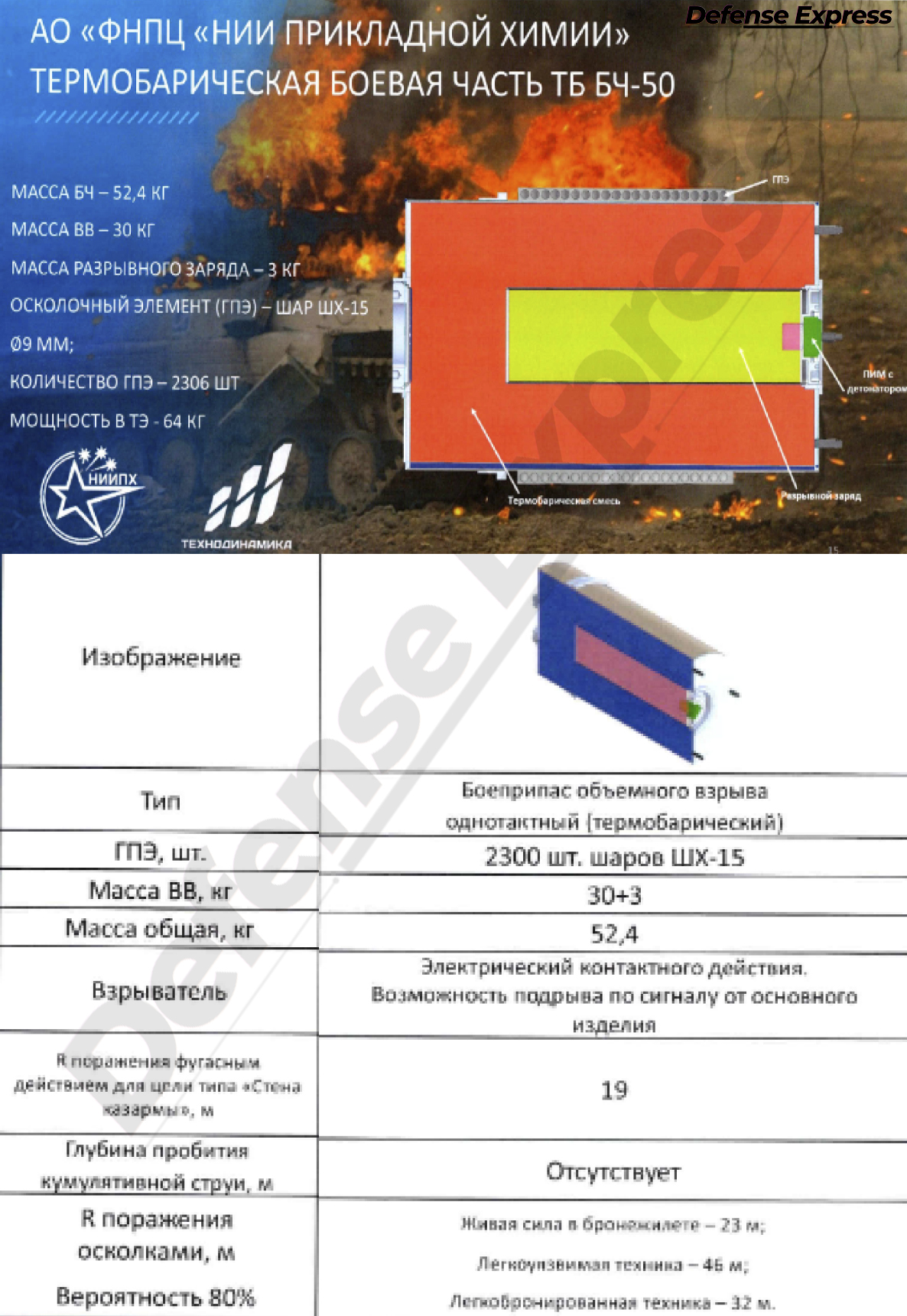
Read more: Ukraine's General Staff Confirms Drone Strike on the Energiya Plant, Disrupts Supply of the Kh-35U and Iskander-M Missiles




